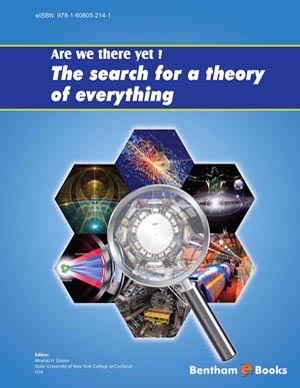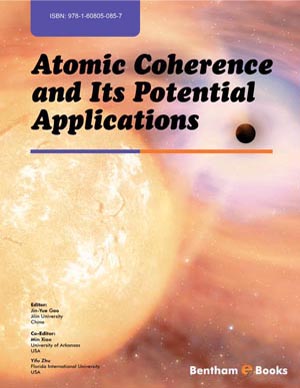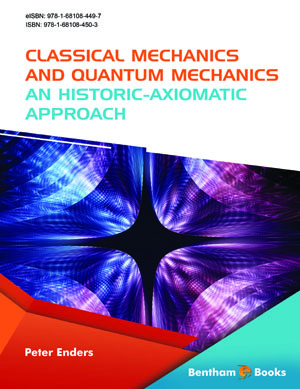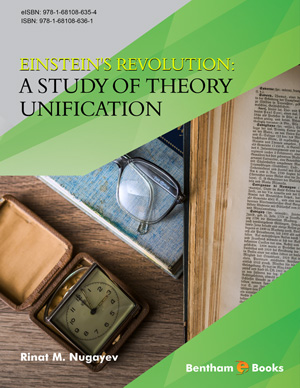Abstract
Conventional silicon-based solar cells production accounts principal characteristics of the semiconductor compounds presenting the main building part of the device. The first part of this e-lecture reports unique results on fabrication and quite uncommon performance of Si-based solar cells with novel contacts chemically deposited on traditionally prepared semiconductor part of the solar cell. How does the high-effective solar radiation conversion occur and what thermodynamics aspects are to be involved in theoretical explanation and further practical applications? The next part of the e-lecture proposes answers. The thermodynamics is an effective tool used in the physics of the Universe. Photonic condensate and the relic radiation are not only exotic objects for theoretical astrophysics but also present possible power tools for achieving high-effective energy conversion. This question is considered in further parts of the e-lecture.
Keywords: Conventional silicon solar cell, metallic nanoclusters, thermodynamics, solar energy conversion, antenna states, relic radiation, photonic condensate, solar radiation, a green plant.








.jpg)




